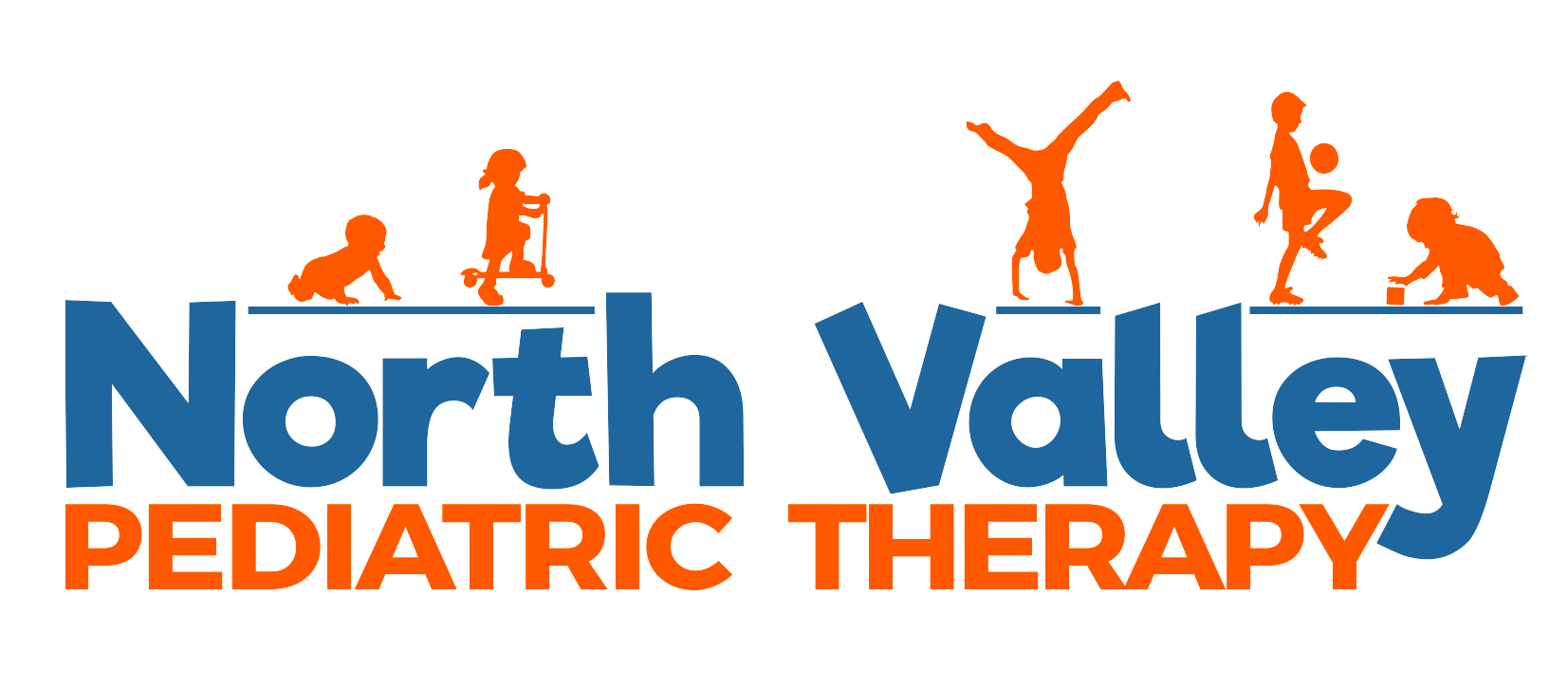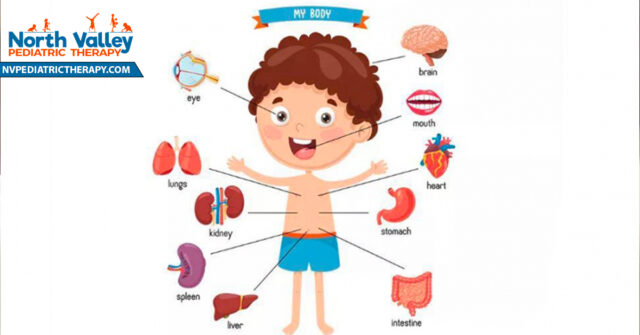A key milestone that marks a baby’s progression is head control. In this blog post, we will learn how babies develop head control during the first six months of their lives.
Month 1: Building the Foundation In their first month, babies are still adjusting to the outside world. Their neck muscles, which were relatively underdeveloped at birth, start gaining strength and coordination. Initially, they need assistance to support their head. To assist in building head control, parents can provide adequate neck support during feeding and carry them in a safe and secure manner.
Month 2-3: The Emergence of Reflexes As babies enter their second and third month, they begin to exhibit certain reflexes that contribute to the development of head control. The most prominent reflex is the “Moro reflex,” where infants instinctively spread their arms out and arch their back when startled. This reaction helps strengthen neck and back muscles, eventually leading to improved head stability.
Month 4-5: Gaining Control By the fourth and fifth month, babies begin to gain significant control over their heads. They can now hold their heads upright for more extended periods when supported in a sitting position or lying on their tummies. Tummy time is crucial during this stage as it helps strengthen neck, shoulder, and upper body muscles, fostering further head control development. Engaging in interactive play during tummy time can make the experience more enjoyable for your baby.
Month 6: Full Head Control Around the sixth month, most babies reach the pinnacle of their head control development. They can now independently support their heads when sitting without external support. This newfound ability grants them a broader field of vision, allowing them to explore their surroundings. At this stage, babies can turn their heads independently, tracking sounds and objects that capture their attention.
Tips for Supporting Healthy Head Control:
- Incorporate regular tummy time sessions into your baby’s daily routine, starting from a few minutes and gradually increasing over time. Tummy time should be started as soon as they are born.
- Use toys and mirrors during tummy time to encourage your baby to lift their head, promoting muscle development.
- Provide adequate neck support during feeding and ensure proper head positioning while carrying your baby to avoid strain on their neck muscles.
- Engage in interactive play, such as encouraging your baby to reach for toys, as this helps build neck and upper body strength.
- Avoid excessive use of baby equipment, such as car seats or swings, as these can limit your baby’s opportunities for natural head control development.
Blog by: Courtney D. DPT, PT – Physical Therapist




